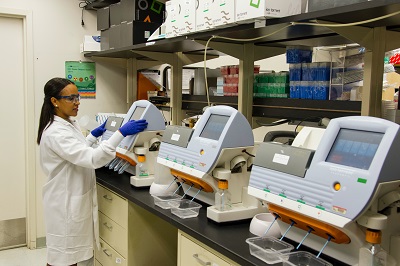What should you be aware of after Class D medical device registration with the Saudi SFDA is approved?
Release time:2024-09-10 11:13:52
The author:
source:
Monitor Device Performance: Continuously track and assess the device's performance in the market. Ensure that it functions as intended and meets the safety and efficacy claims made during registration.
After your Class D medical device registration with the Saudi Food and Drug Authority (SFDA) is approved, there are several key aspects to manage to ensure continued compliance and successful market performance:
1. Post-Market Surveillance
- Monitor Device Performance: Continuously track and assess the device's performance in the market. Ensure that it functions as intended and meets the safety and efficacy claims made during registration.
- Adverse Event Reporting: Implement a robust system for reporting adverse events, device failures, or any safety issues. Promptly report these incidents to the SFDA as per their requirements.
- Post-Market Studies: If required, conduct post-market studies to gather data on long-term performance, safety, and effectiveness of the device.
2. Regulatory Compliance
- Adhere to Regulations: Remain compliant with SFDA regulations and guidelines for medical devices, including any updates or changes to regulatory requirements.
- Document Management: Ensure that all regulatory documentation is current and accurately reflects the device’s specifications and usage.
3. Quality Management System (QMS)
- Maintain QMS: Continue to adhere to your Quality Management System (QMS) as per ISO 13485 or other relevant standards. Regularly review and update your QMS practices.
- Prepare for Audits: Be prepared for periodic audits and inspections by the SFDA or other regulatory bodies to verify ongoing compliance.
4. Registration Renewal and Re-Registration
- Monitor Expiry Dates: Keep track of the registration's expiration date and initiate the renewal process in advance to avoid any lapses in registration.
- Re-Registration: Be aware of any additional requirements for re-registration, which may include updated documentation or new data.
5. Labeling and Instructions for Use
- Update Labels: Ensure that the product labeling remains compliant with SFDA requirements and reflects any changes in device information or warnings.
- Revise Instructions: Keep the instructions for use accurate, clear, and updated to ensure user safety and compliance with current regulations.
6. Local Representation
- Coordinate with Representative: If you have appointed a local authorized representative or agent, maintain regular communication with them to manage regulatory and compliance matters.
7. Market Access and Distribution
- Manage Distribution: Oversee the distribution of the device to ensure it reaches the market effectively and in compliance with local regulations.
- Supply Chain: Ensure that the supply chain is managed efficiently and that there are adequate controls to maintain product quality.
8. Continuous Improvement
- Feedback Loop: Establish a system for collecting and analyzing feedback from users and healthcare professionals to identify areas for improvement.
- Product Enhancements: Implement any necessary improvements or updates to the device based on market feedback and performance data.
9. Training and Support
- Staff Training: Ensure that your staff is trained on the latest regulatory requirements and best practices for device management and quality control.
- Customer Support: Provide ongoing support and training for customers to ensure proper use of the device and to address any issues that arise.

Contact Us:
Whatsapp or Wechat:+86 15816864648;email address:hito.lin@grzan.cn
.png)
.jpg)
.png)

.png)